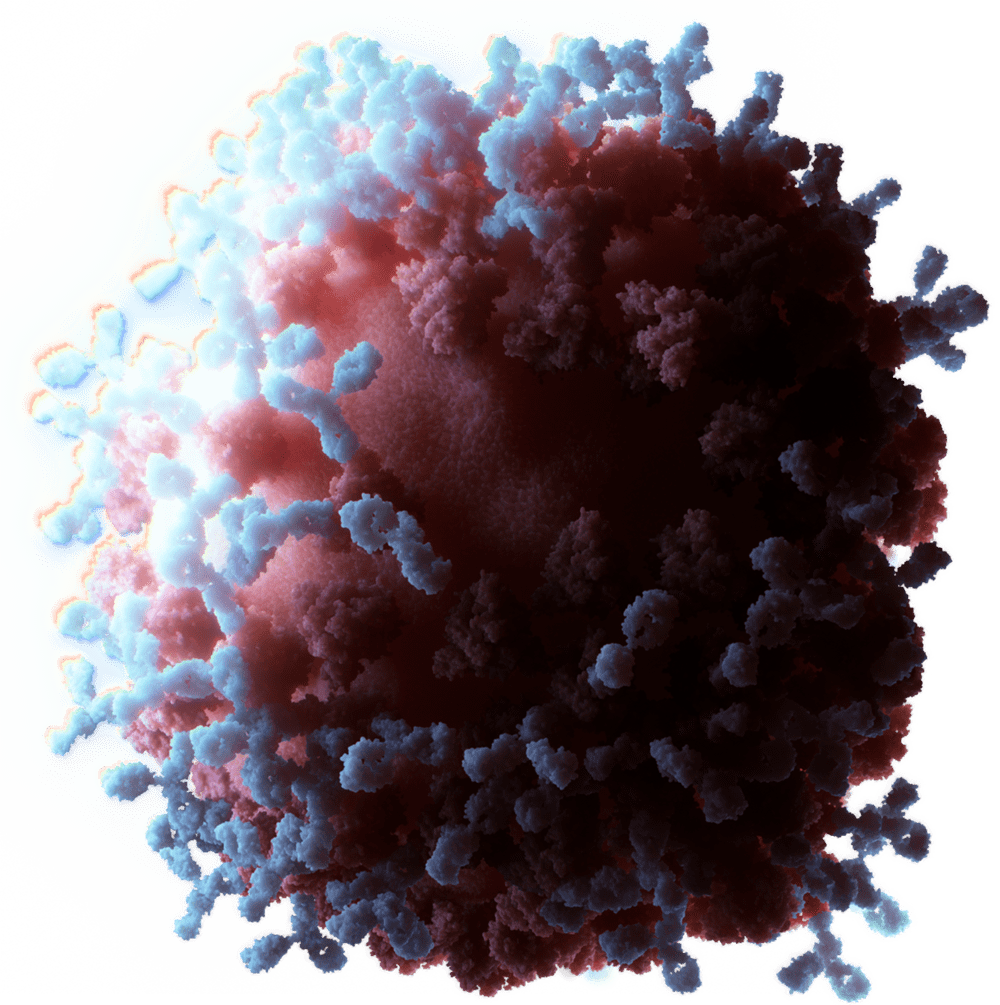 |
Tricia R. Serio
Professor of Biochemistry
Provost, University of Washington
BS 1991, Lehigh University
PhD 1997, Yale University
tserio@uw.edu
|
Honors
2022 Elected Fellow, American Association for the Advancement of Science
2016 Mid-career Award for Excellence in Research, ASCB
2010 Dean’s Award for Excellence in Graduate and Postdoctoral Teaching and Mentoring in the Biological Sciences (inaugural award, Brown)
2003-2007 Pew Scholar in the Biomedical Sciences
2001-2006 Howard Temin Award (K01), National Cancer Institute
2001 Special Fellow, Leukemia & Lymphoma Society
1997 – 2000 Post-doctoral Fellow, Damon-Runyon-Walter Winchell Cancer Research Fund
1991 – 1996 Pre-doctoral Fellow, Howard Hughes Medical Institute
1991 Bachelor of Science, Highest Honors, Departmental Honors
1990 Phi Beta Kappa Undergraduate Research Fellow, Howard Hughes Medical Institute
1989 Phi Eta Sigma
Research
Many proteins access, in addition to their native state, an alternative pathway of folding leading to the formation of amyloid aggregates. Amyloidogenesis has been linked not only to more than fifty human diseases but also to functions, which benefit the organism. Once arising, the amyloid state is perpetuated through the incorporation and conformational conversion of native- state protein, fragmentation of growing complexes and transmission both within and to other individuals. These central events are modulated by protein sequence and conformation, protein quality control pathways, and cell biology. Yet, how these contributing factors and processes intersect to impact organismal physiology is poorly understood, despite a growing appreciation of the contributions of amyloid to the biology of systems from yeast to man. Our long-term goal is to bridge this gap by determining how these inputs are balanced and disrupted to create and cure dynamic phenotypic states. Toward this end, we are exploiting prions of Saccharomyces cerevisiae, which share many characteristics with metazoan amyloids and are a naturally evolved system in which the thresholds separating phenotypic states can be accessed, studied, and traversed under physiologically relevant conditions. We use cell biology, molecular biology, genetics and biochemistry to probe this system in vivo and use these insights to develop mathematical models, through a long-standing collaboration with Suzanne Sindi at UC Merced. Our goal is to quantitatively define the molecular basis of proteostatic niches that allow amyloid to survive or to be lost as a framework for understanding similar transitions in higher eukaryotes.
Publications:
